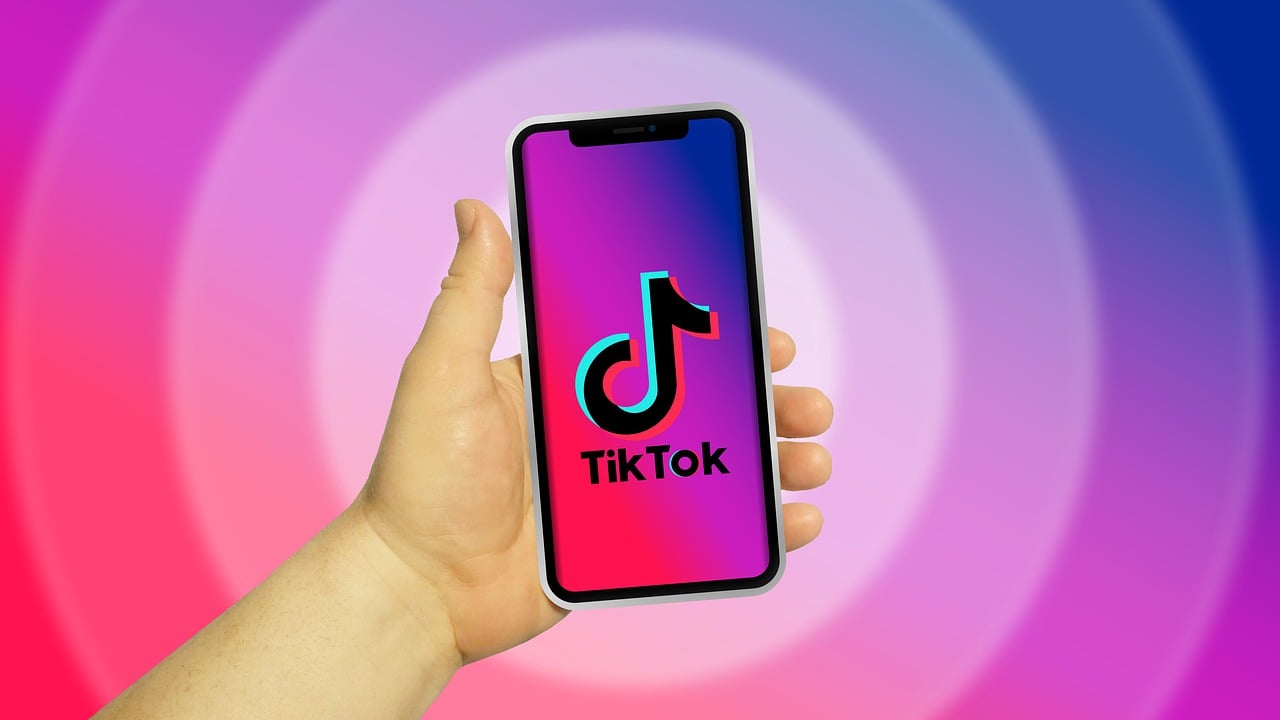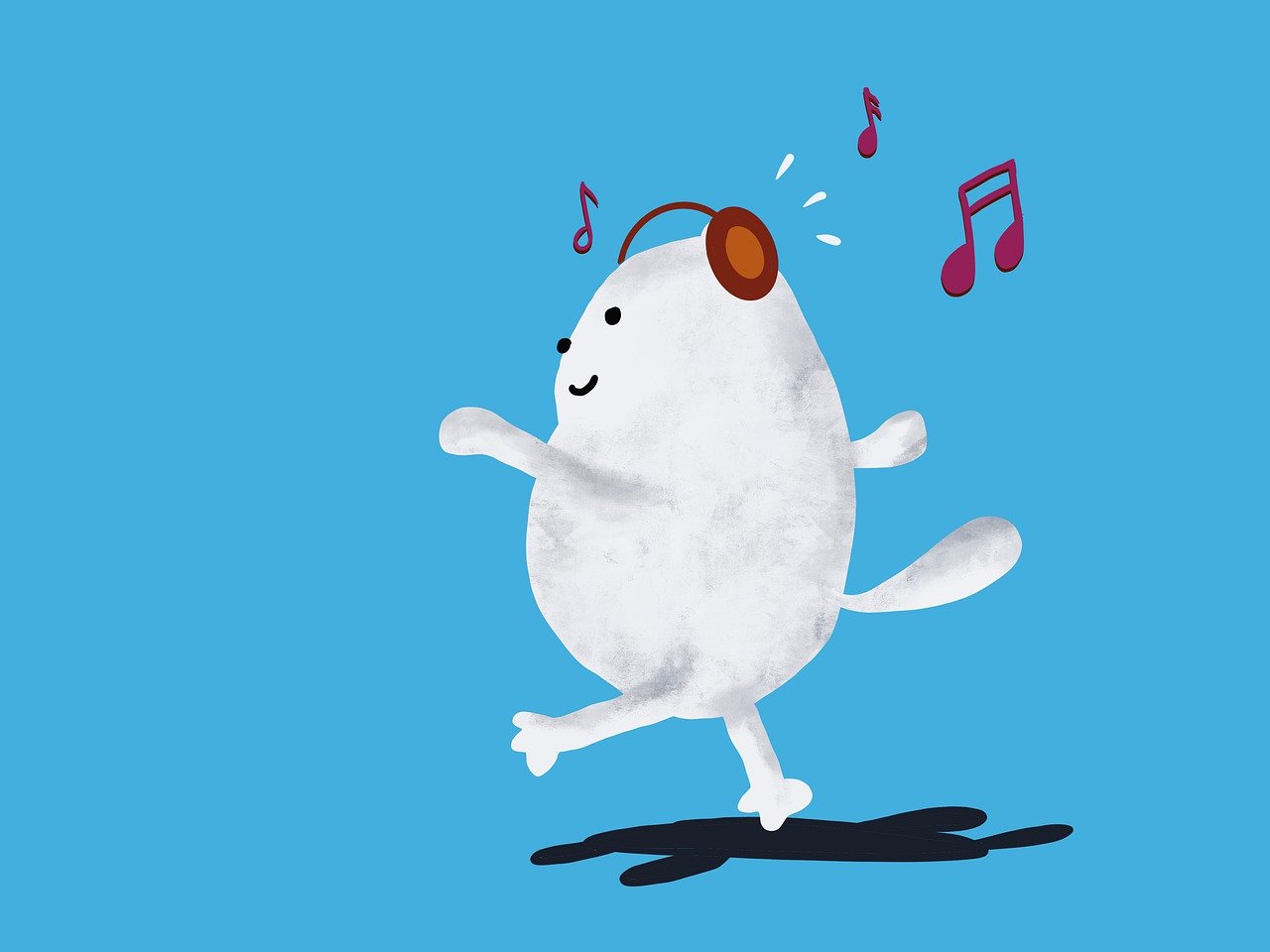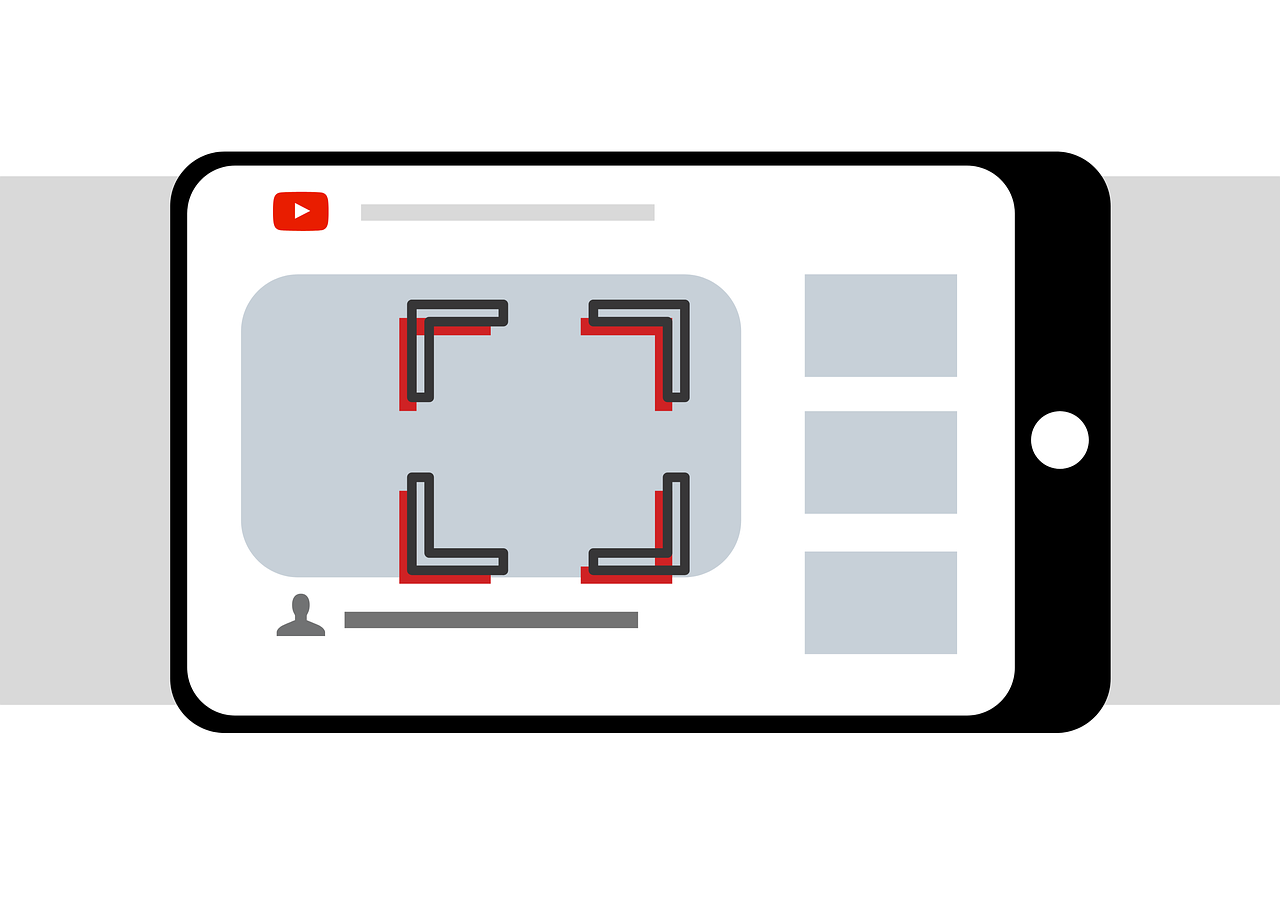Why Do All TikTok Dances in 2024 Look the Same?

TikTok has been the birthplace of countless viral dances, and in 2024, these dances continue to captivate users worldwide. But you might have noticed that a lot of the dance trends feel similar, with recurring moves and familiar rhythms. Is there a reason behind this apparent uniformity? Let’s dive into why TikTok dances in 2024 seem to look alike, exploring everything from trend cycles and algorithms to the influence of creators and audiences.
1. The Influence of Trend Cycles
TikTok is known for its fast-paced, repetitive trend cycles, where viral content follows a similar pattern until it’s replaced by the next big thing. In 2024, dance trends on TikTok are shaped by these rapid cycles, where creators replicate popular moves to get noticed and join the latest craze.
Why This Matters: Since creators want to be part of what’s trending, they often draw on moves that are already familiar, adding slight variations to give it a unique twist while still adhering to popular styles.
2. TikTok's Algorithm Encourages Similar Content
TikTok’s algorithm rewards content that has high engagement, promoting videos that align with current trends. This makes it easier for dance videos with similar styles to go viral if they incorporate already popular moves and soundtracks.
Why This Matters: The algorithm naturally encourages users to imitate what’s already working. As more people engage with these dance trends, the algorithm promotes even more of this content, creating a cycle of familiar moves appearing in countless videos.
3. The Role of Repetitive Sound Choices

Dance trends on TikTok are often associated with specific sounds or songs that go viral. Creators commonly base their choreography around trending music, which has a huge impact on the type of movements they incorporate.
Why This Matters: Certain beats, rhythms, and lyrics inspire specific moves, which are often reused or modified by multiple creators. As a result, many dances on TikTok share the same "musical DNA," leading to similar-looking dance styles across the platform.
4. Dances Need to Be Simple and Accessible
In 2024, TikTok dances are designed to be easy for people of all skill levels to learn and replicate. With millions of users looking to participate, dances that are short, repetitive, and easy to remember are more likely to go viral.
Why This Matters: Simplicity makes these dances accessible to a wider audience. This often results in shorter, easy-to-follow moves, which limits the variation between dance routines. When dances are simplified for accessibility, they start to look quite similar, even if created by different people.
5. The Influence of Popular Creators

Top TikTok creators have a significant influence on the platform’s dance trends. Many emerging dancers mimic their style and try to recreate their moves, leading to a standardized "viral" look across TikTok dance trends.
Why This Matters: Popular creators set the tone for what’s considered trendy, so when one creator’s dance goes viral, thousands of users replicate it. This can result in dances that look nearly identical to what popular creators have already posted, creating a uniformity in style.
6. Impact of Dance Challenges and Hashtags
TikTok challenges and hashtags are central to the platform’s dance trends. In 2024, many dances are created as part of specific challenges, where users are encouraged to recreate a dance exactly as they see it.
Why This Matters: Challenges foster consistency. When thousands of people replicate the same dance for a challenge, these similar routines dominate feeds. Even if the moves vary slightly, the core style remains recognizable, contributing to the feeling that all dances look the same.
7. Preference for Short-form Content
TikTok is built on short-form content, and with shorter videos, dancers have limited time to express creativity. This often results in simpler, repeated moves that can be performed within a 15- to 30-second clip.
Why This Matters: Limited time means dancers prioritize moves that make an impact quickly. Shorter videos are inherently repetitive, and when combined with similar music and challenges, the dances can feel even more alike.
8. Global Influence and Cultural Blending
In 2024, TikTok’s reach spans across the globe, and dances reflect a blend of cultural influences. While this creates a diverse range of dance content, popular trends are often generalized to appeal to a global audience.
Why This Matters: As TikTok strives for global appeal, dancers create routines that are universally accessible. This leads to a blending of styles and an emphasis on universally familiar moves, which can reduce diversity and make dances appear more alike.
Final Thoughts: Embracing Familiarity in TikTok Dances
While TikTok dances in 2024 may seem repetitive, the familiarity of these routines is also what makes them popular and accessible. TikTok’s algorithm, trend cycles, and the influence of music and popular creators all contribute to this consistent style. And while it might seem like every dance looks the same, these trends are constantly evolving, and we may see fresh, innovative moves emerge as creators find new ways to stand out.

Start Growing your Instagram followers
Faster with PopularUp
Over 500+ 5 Star Reviews. Grow Your Account Today With Our Organic Methods


